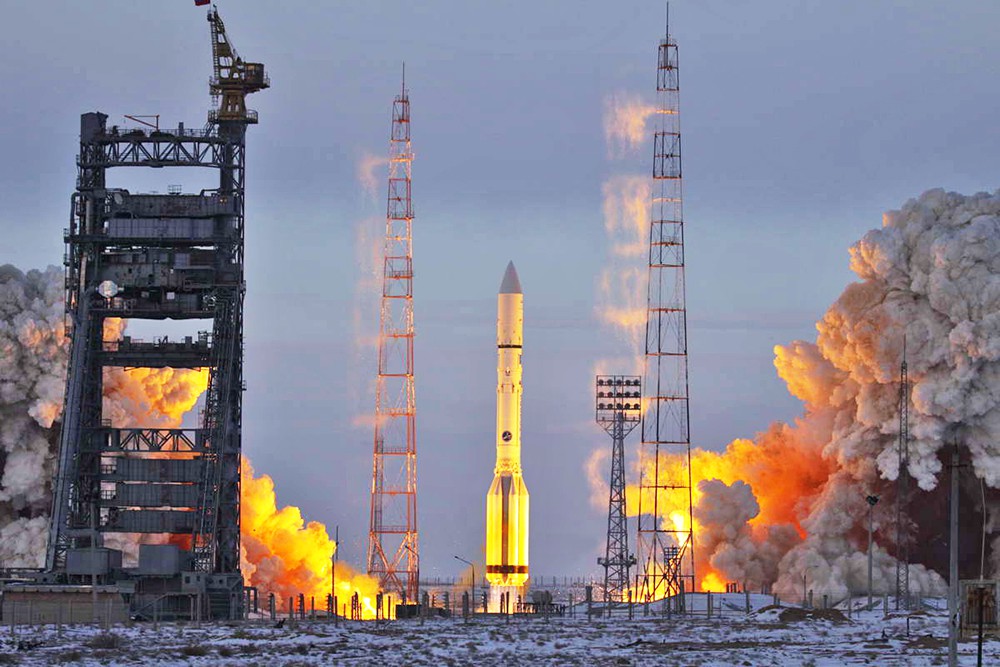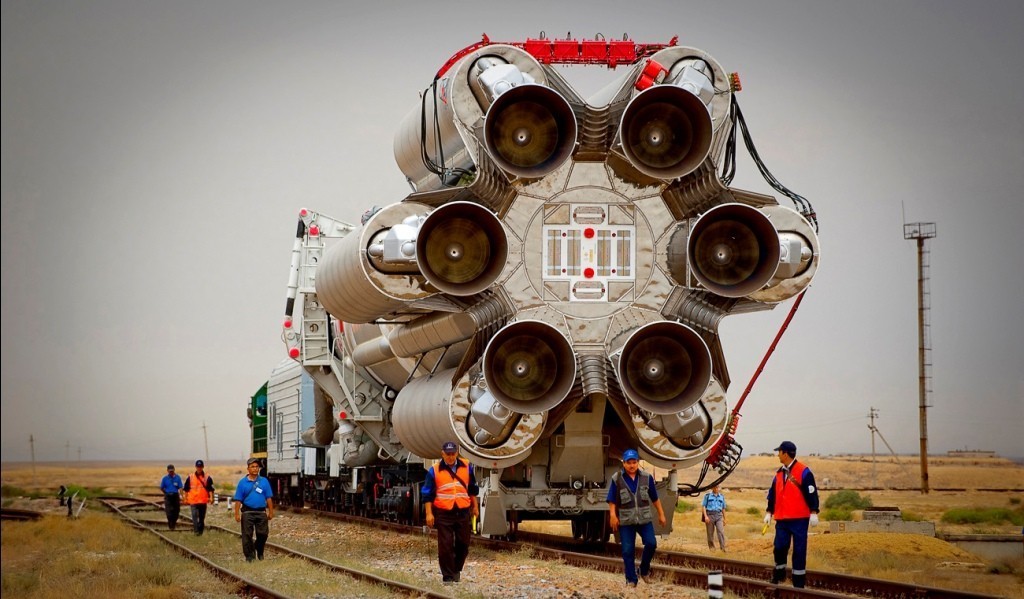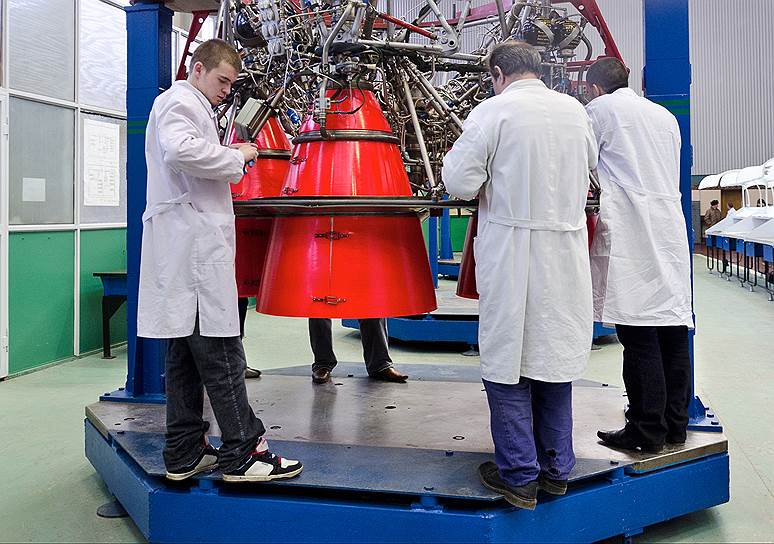Roscosmos recalls all engines of Proton-M missiles to test illiquid components in the design (updated)

During the fire tests of one of the engines of the second stage of the Proton-M launch vehicle, conducted some time ago, problems arose. After checking and analyzing the causes of the incident, it turned out that “illiquid components” were used in assembling the engine. About this edition of "Kommersant" told several top managers of the enterprises of the space industry. It is reported that these problems were found in the engines RD-0210/0211 and RD-0213/0214, created by the Voronezh Mechanical Plant. These engines are installed on the second and third stages of the "Proton", respectively.
As for illiquid components, here we are talking about the use instead of heat-resistant materials with the content of precious metals less heat-resistant, used in other types of such engines. The reasons for the situation that has arisen are no longer in the competence of the representatives of the space sphere; therefore, the check is carried out by FSB officers, procurators and the TFR. Now, according to sources familiar with the course of the investigation, law enforcement agencies are trying to understand why the replacement of materials went unnoticed by representatives of the structures that are responsible for controlling the quality of the engines.

Removal of the Proton-M launch vehicle at the start / Photo: 35photo.ru
')
“According to the documents signed by the inspectors, the engines are in perfect order,” the Kommersant source said. After the leadership of the Roscosmos state corporation became aware of what had happened, the engines for Protons decided to withdraw it to the manufacturer for rechecking and eliminating deficiencies. “We are talking about all the engines for Protons produced at VMZ over the past few years. These are dozens of units, including those that have already been delivered to the Baikonur cosmodrome. The schedule for their return to the plant should be signed before the end of the week, ”Kommersant reports.
It turns out that the Voronezh Mechanical Plant (VMZ) is responsible for the occurrence of problems already with the second type of missiles. The fact is that at the beginning of December last year an accident of the Soyuz-U launch vehicle occurred. The reason - the destruction of the engine RD-0110. The cargo ship Progress MS-04 was also lost. Now it has been decided to withdraw for testing all the third stages of the Soyuz family of engines with the engine that caused the accident of the “truck”. The CEO of VMZ resigned voluntarily. Now Alexey Uvarov, Deputy Director for Production, has become the head.
Find out the causes of the incident will not only law enforcement, but also scientists, engineers of the scientific and industrial association "Energomash". The management of the state corporation Roskosmos asserts that at this enterprise the situation with the quality and reliability of the engines produced is much higher than at VMZ. Igor Arbuzov, General Director of Energomash, confirmed the fact of the engagement of engines for verification of the engines: “The integrated structure structure headed by Energomash includes the Chemical Automation Design Bureau, which is the developer of engines for the second and third stages of Proton launch vehicles and knows thoroughly the technical characteristics of engines and features of their manufacture. To remedy the situation that has developed at Vyksa, in the framework of the industry reform carried out by Roskosmos, we will conduct an audit and additional technical control of all the engines that have already been carried out at Vyksa. He also believes that the procedure for checking engines can cause adjustments to the timing of launches of Proton and Soyuz launch vehicles.

Source: Kommersant / Oleg Kharseev
This year, the Roscosmos State Corporation planned to conduct 27 launches, of which at least eight accounted for Protons. Some starts are commercial. So, in the first quarter of this year it was planned to launch the geostationary communication satellite Echostar 21 into orbit. In the second quarter, according to the plan, the launches of the telecommunications satellites Hispasat 30W-6 (1F) and Asiasat 9. Plus, at the end of the first quarter, the plan is to deliver to orbit of the military communications satellite Blagovest, after which three Glonass-M satellites should be put into orbit, followed by the hydrometeorological apparatus Electro-L N3. According to experts, now the launch plans for Protons will change a lot. In the best case, the first launch of the Proton will take place only in summer.
At the same time, for transferring the start-up dates, payment of a penalty to partners in the amount of several percent of the start-up cost is provided. Now it has been decided not to force the fulfillment of the plan, but to thoroughly investigate the causes of the incident. The management of "Roscosmos" called for a full comprehensive inspection of each individual product, followed by a reduction in the defectiveness of products at Vyksa.
In addition to all the measures listed above, Roscosmos intends to conduct a total quality check of the products produced. For example, at Baikonur, control over the cleanliness of all systems and premises has been significantly strengthened. New booths and systems will allow specialists to check the parameters that have not been studied for decades. “Additional tests are underway. This explains the possible delays of launches of the Proton launch vehicle. The main thing is not to be in a hurry and make sure once again that the equipment is fully reliable and that the regulations of the materials from which it is manufactured are in compliance, ”the state corporation’s press service told Interfax.
On December 1, 2016, the Progress MS-04 cargo ship crashed along with the Soyuz-U launch vehicle. According to RBC calculations , the accident rate of this model of missiles is 6.3% - 54 launches out of 858 (since 1973) ended in failure.
UPD. "Roskosmos" reported that when checking the engine of the second stage carrier "Proton-M" revealed the use of more expensive solder with the content of precious metals than is provided for in the design documentation. There are no comments on the functioning of the engine itself.
“However, a detailed analysis revealed the use in the production of solder that does not comply with the design documentation. Instead of a regular one, another, more expensive solder containing precious metal was used, ”the agency quotes the Roscosmos report.
Source: https://habr.com/ru/post/400931/
All Articles